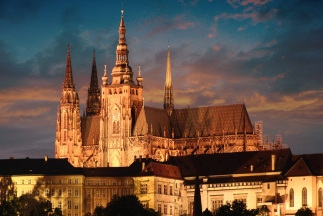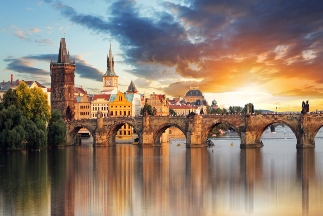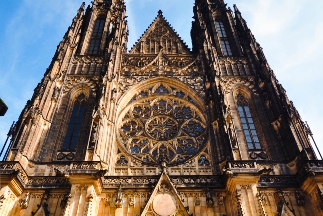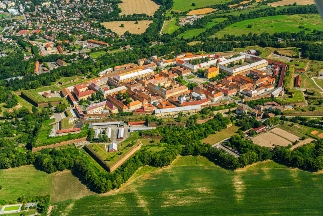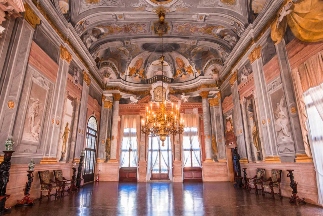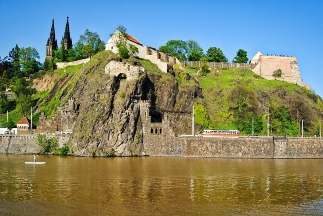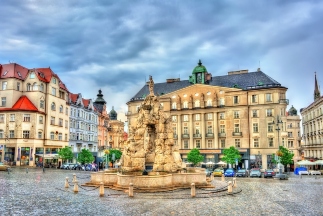Venue & Hospitality
Conference Dates:
Hotel Services & Amenities
- Audio/Visual Equipment Rental.
- Business Center.
- Business Phone Service.
- Complimentary Printing Service.
- Express Mail.
- Fax.
- Meeting Rooms.
- Office Rental.
- Photo Copying Service.
- Secretarial Service.
- Telex.
- Typewriter.
- Video Conference.
- Video Messaging.
- Video Phone.
- ATM.
- Baggage Storage.
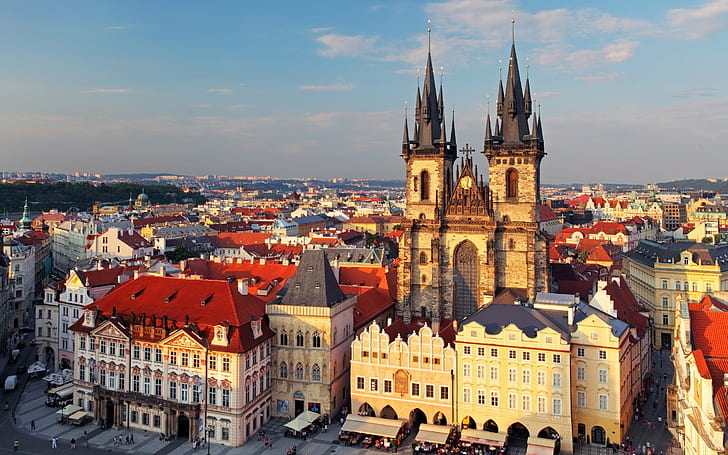

Transportation
Prague’s great public transportation system makes it easy to get around the city. While some of the routes may be time-consuming, visitors traveling around the city center will have good connections to the city’s main attractions. Most people use the metro, trams, and buses to get around the city. Since all of these are run by the same transport authority, you can use them all without having to purchase a separate ticket. This makes it easy to combine different modes of transportation to create the most direct or quickest route. Thanks to the help of planning tools such as Google Maps and the Prague Public Transport (DPP) app, navigating Prague’s transportation system is relatively easy.
About City
The Czech Republic, with its stunning capital city Prague, is a gem in Central Europe known for its rich history, cultural heritage, and architectural marvels. Prague, often called the "City of a Hundred Spires," is famous for its picturesque medieval streets, Gothic cathedrals, and baroque buildings. Visitors are captivated by the charm of the Old Town Square with its astronomical clock, the iconic Charles Bridge adorned with statues, and the majestic Prague Castle overlooking the Vltava River.
Attractions & Landmarks
-
Attractions & Lanadmarks are Updating Soon...

